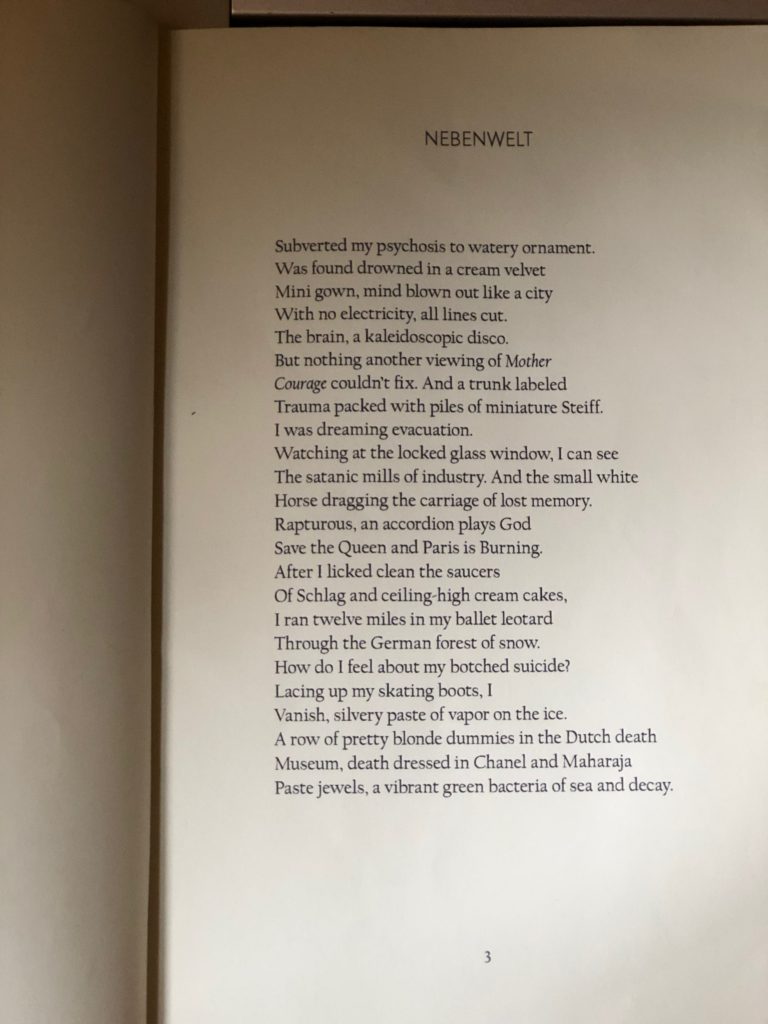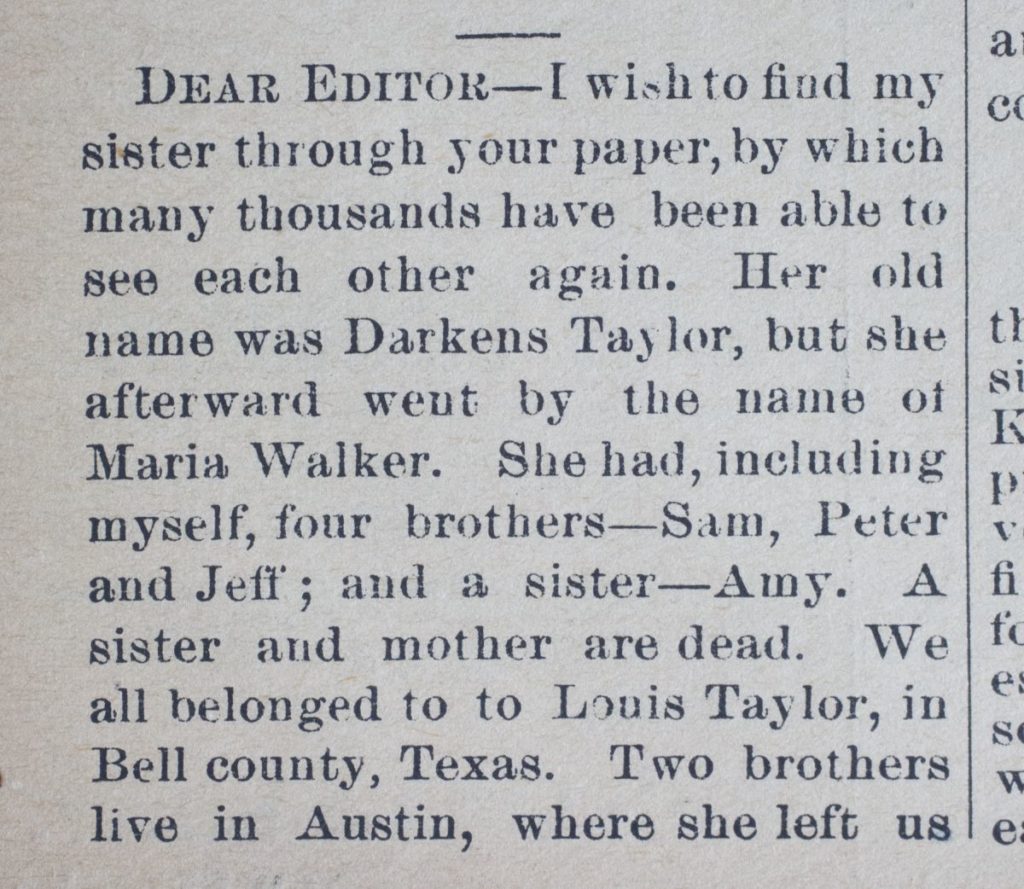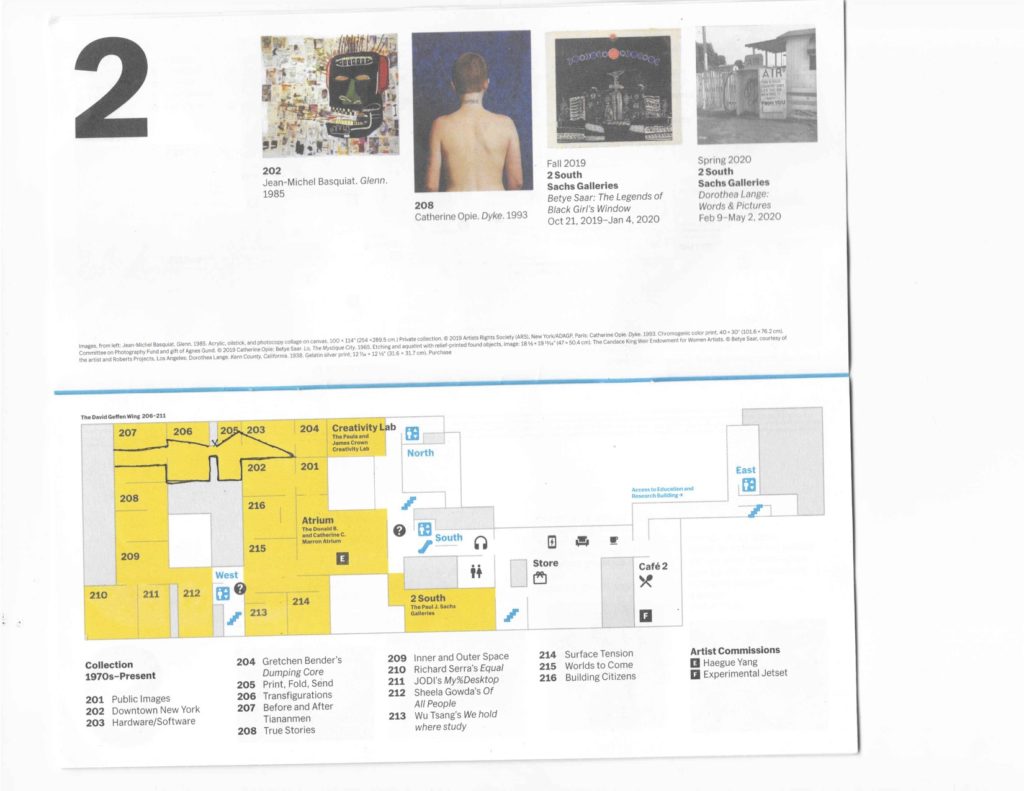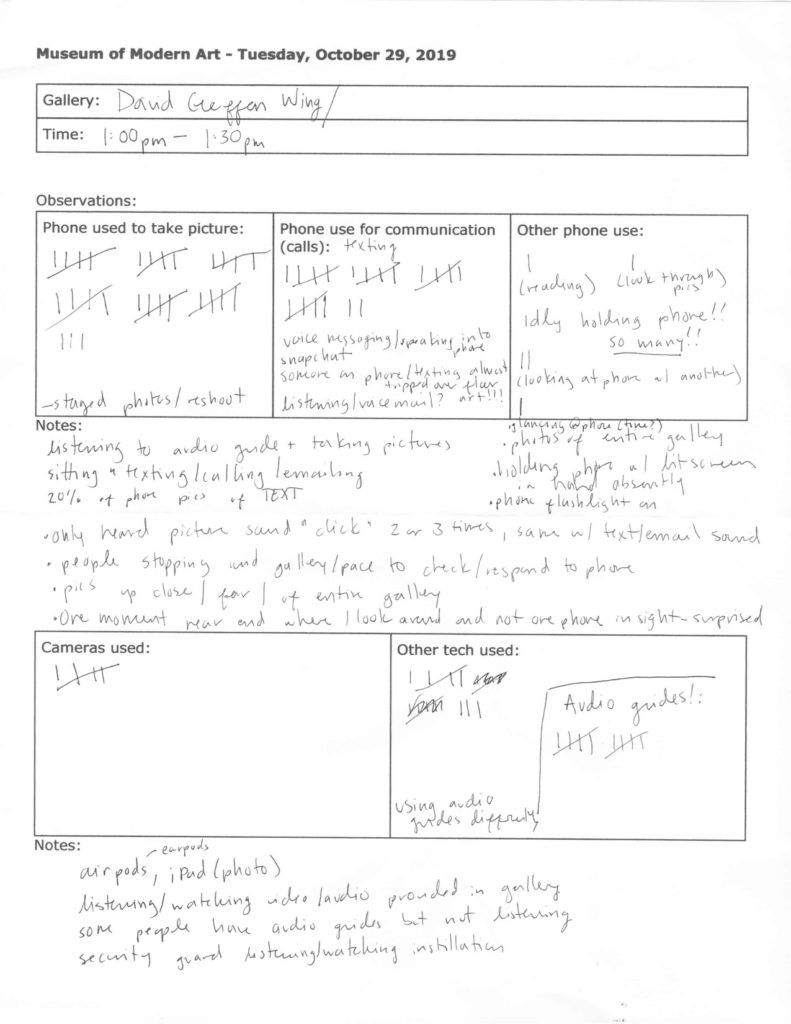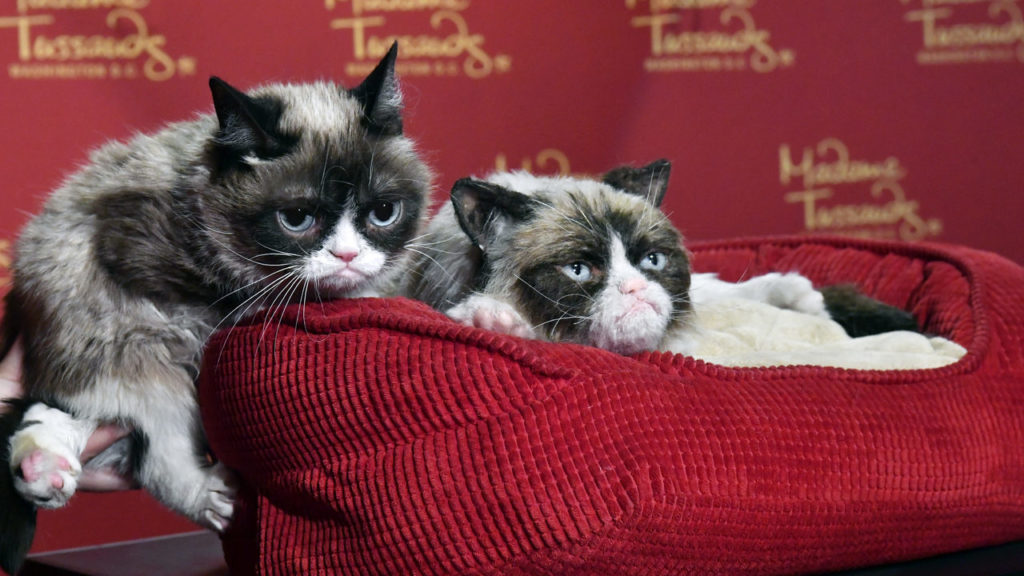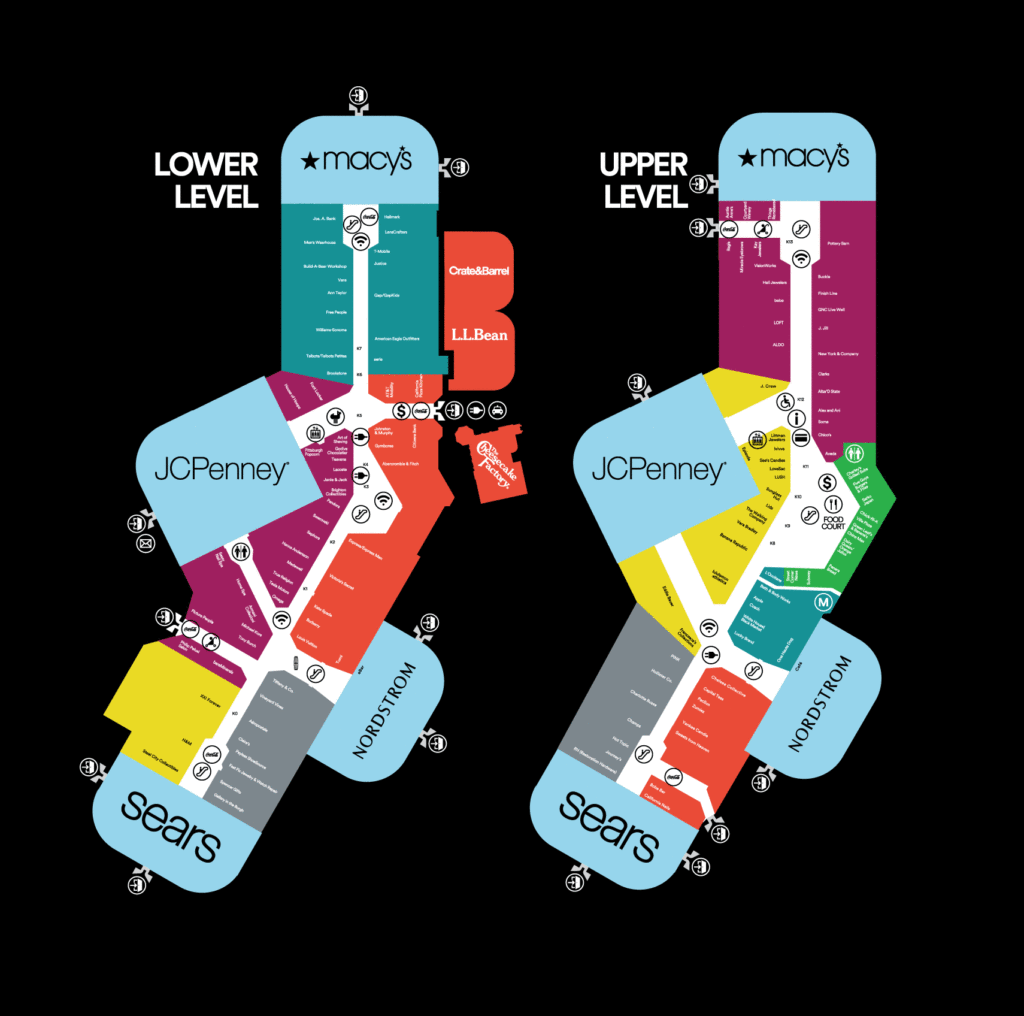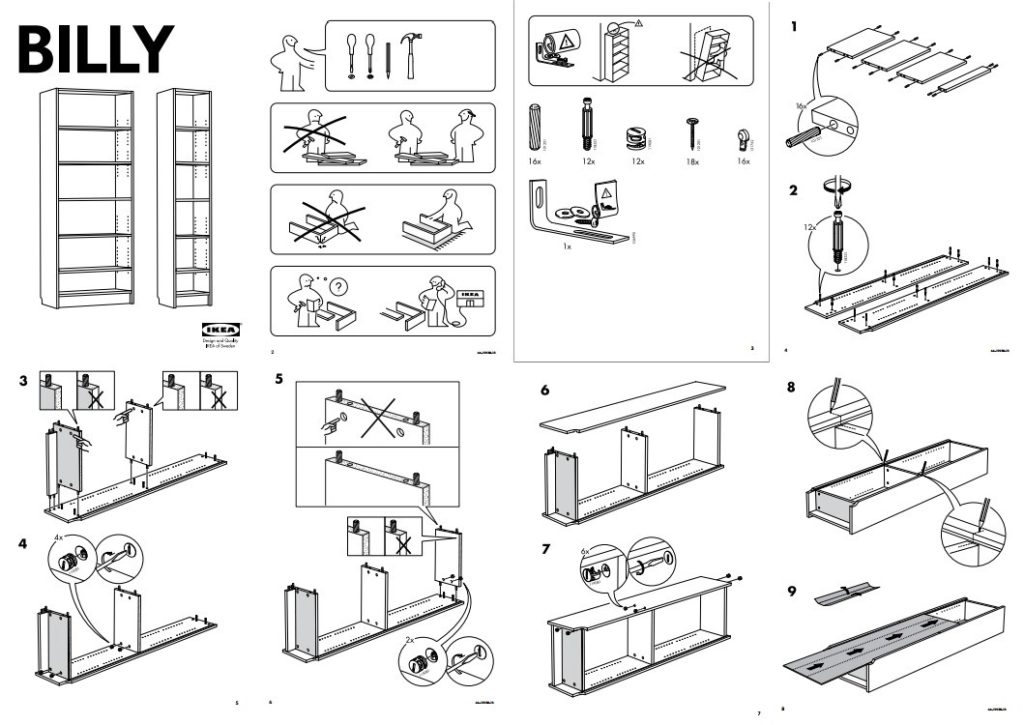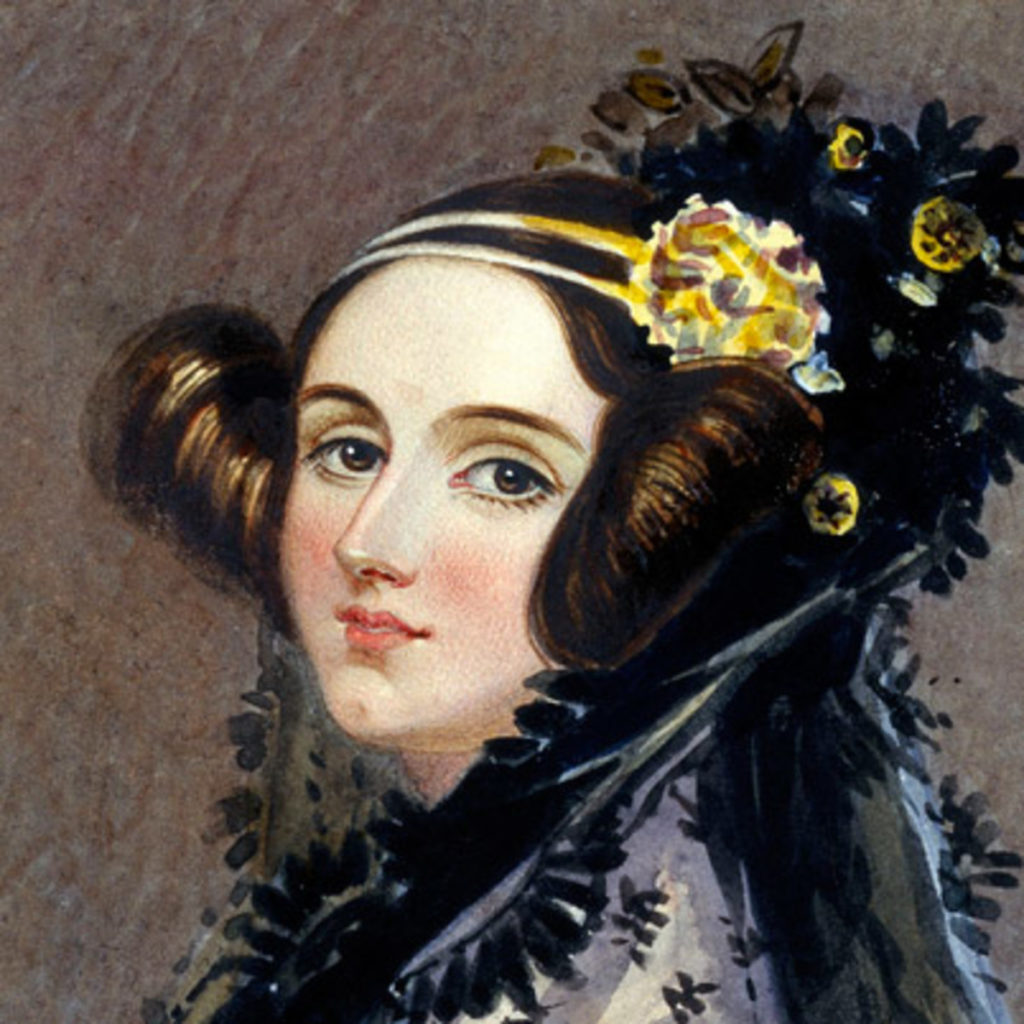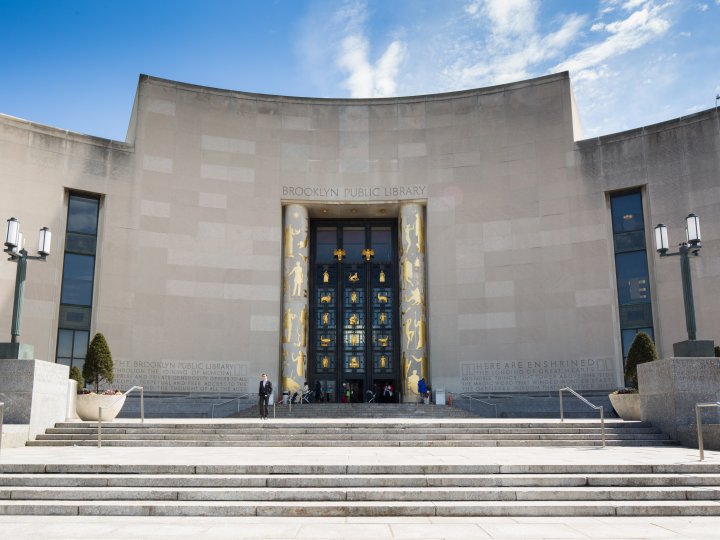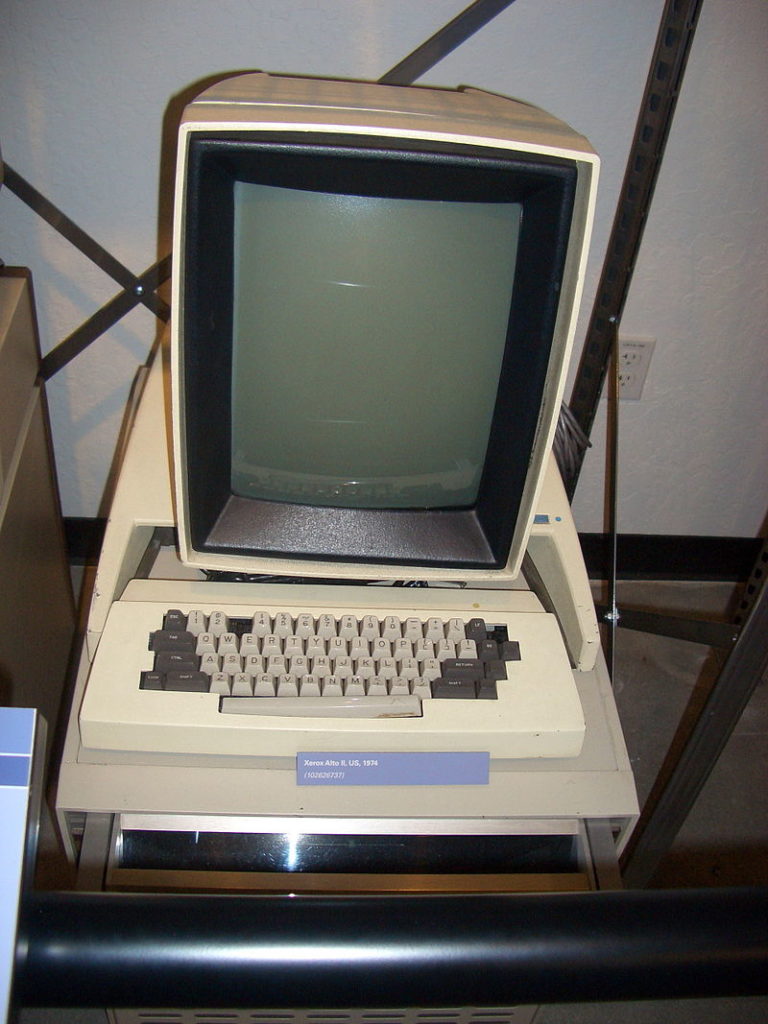INTRODUCTION
Social Media has become an important part of our society that it is impossible to imagine our lives without it. Every other person is part of one or many social media platforms, some of the most popular ones being, Facebook, Twitter, Snapchat, Instagram, WhatsApp, and YouTube. People, especially youth prefer to socialize through these platforms where you can interact with people from different parts of the world by just a click of the button. From giving us new ways to come together and stay connected to the world around us, to providing an outlet for expression, social media has fundamentally changed the way we initiate, build and maintain our relationships. As the popularity of social media is spreading all over the world, there have been mixed feelings about these networking sites.
My quest on how and to what extent social media is impacting the youth, led me to conduct a survey as well as an interview targeting an audience of 17 to 24 years.
I was able to conduct a detailed questionnaire which was responded by 12 participants along with an interview with two persons. The participants’ occupations were mixed – both professionals, as well as students, were part of the research process.
FINDINGS
From the research, I was able to gather, that most of my participants used social media networks such as WhatsApp, YouTube, Instagram, and Facebook.
There are both positive as well as negative impacts of using social media. It is necessary to talk about both sides of social media in order to get an overall idea of the research findings. First, let’s discuss some positive impacts followed by the negative impacts that were found based on the analysis of the results of the research.
POSITIVE IMPACTS
- Exposure
People can interact with other people around the world through social media networks which, empower them in many ways. Social Media becomes a platform where people can showcase their ideas or talents, learn new skills and acquire knowledge through social media.
- Finding friends
Social media is also able to connect people by using algorithms in a way that normally wouldn’t happen in the real world. The role of algorithms in filtering our results based on our history, location, interests and other details are explained in “The Relevance of Algorithm” by Tarleton Gillespie, the reading that was discussed in class. This reading speaks in detail of the “algorithmic identity” of a person and how this helps in filtering the results to provide us with the best suitable results based on our location, likes/ interests and our profile information. The high possibility of finding long lost friends has been pointed out as an important factor in expanding the social life of these young people.
- Mental Health
A large number of people mentioned feelings of motivation and inspiration while using social media. Using Facebook, WhatsApp and other apps help in increasing the friendship quality and network size.
- Interaction
Also, many people who are not comfortable talking face to face feel safe and less intimidated by chatting with a person online. The growth of mass self-communication, the communication that reaches a global audience through p2p networks and internet connection has been talked about in “The Rise of Network Society” by Manuel Castells.
NEGATIVE IMPACTS
On the flip side, social media has some negative impacts as well.
- Usage
Also, a large number of people used social networks when they are bored, as soon as they wake up in the morning or before sleeping with more or less no goals to achieve. Most of the people registered using social media for 1 to 5 hours daily. This increased time consumption by using social media may affect their productivity and cause addiction.
- Physical Interaction
Though social media is widely used for its socializing abilities, it is also criticized for reduced physical socializing capabilities. The impact of Social Media has changed the manner in which we see ourselves, the manner in which we see our personal relationships, plus it has also affected the manner in which we connect with our general surroundings. Most of the participants recorded having a huge number of friends online compared to the limited few who were their actual friends in real life. This may also be due to the fact that many of the youth accept strangers as on social media, making themselves prone to exposing their personal details to a group of strangers.
- Mental Health
Many young people complained of mental breakdowns. These people are also found to be obsessed with the likes and comments they receive on social media as they mentioned constantly checking and keeping track of the likes they received to account for their popularity. Many youngsters also confirmed how they compared themselves to others on social media by stalking their aesthetically perfect Instagram photos or staying up to date with their relationship status on Facebook. This causes an increase in unrealistic expectations, self-doubt as well as feelings of jealousy
- Physical Health
There are lots of unhealthy physical effects of social media usage. A large number of people indicated poor posture and eye strain as some of the physical impacts they experienced. One can get eyestrain from staring at screens for too long. Fatigue by staying up too late posting on social media was also an issue found among the youth using social media.
CONCLUSION
From this survey, I can conclude that most young people are aware of the risks and dangers of social media, yet they do not intend to quit these, as our lives are intertwined with it. Social Media usage, if constantly checked and kept under control, it can outweigh its negative impacts to make the social media platforms a better and effective means of communication. One of the ways of doing this can be by limiting the usage duration by having apps to track your usage and lock you out of your phones for a certain amount of time. Taking some breathing time away from these media can help bring back our conscience to the physical world and create a balance in our lives.

